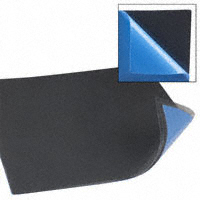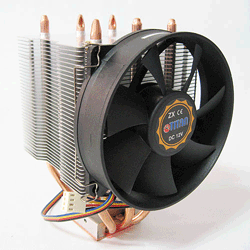One of the goals of the OpenPCR project is “4. A basic understanding of PCR patents and how they affect this project“. When Josh and I were first discussing OpenPCR back in March, I looked into the original PCR patents and found that they were expired as of March 2005 (US) and March 2006 (Worldwide). These patents have been expired for a little over 4 years now. This was covered somewhat by the media, in articles from Frost (2005) and PatentBarista (2006). There are other articles, but they are not freely accessible — email us PDFs if you like and we may share them.
If you’re interested in reading the original patents that were fought over for years:
USPTO 4965188
USPTO 4683202
USPTO 4683195
What’s also interesting is that “expired PCR patents” doesn’t seem to be common knowledge — lots and lots of people know *about* the patents on PCR, but not too many know they expired. Staying current is really important for those of you who want to innovate. The landscape is quickly changing. In the early 2000s, the question was “Can the human genome really be sequenced?”, the answer was YES, DEFINITELY — and we must move on to bigger and better questions. Current questions are “Can a community biotech lab be a source of innovation?“, ”Will every home want a DNA barcode reader and biotech engineering tools before 2025″? We’ll need to answer them and move on. The hurdles in front of us will soon be behind us.
One area that we want to shed light on for future projects is patents around the qPCR process (update – 7/18, also add Gradient PCR to the list, I’m not sure what the patents around that technology are). qPCR is an important tool as it allows you to easily quantify (q) the DNA in your sample. In many cases this can save a lot of time and shorten the “test cycle” of biotech. Imagine if every iGEM team and community lab had not just an OpenPCR, but a qPCR machine at their fingertips!
Are these questions interesting to you?
- Is there any reason to think the basic PCR patents aren’t expired? Lawyers, scientists want to help clarify?
- Looking forwards — What are the existing patents on qPCR and other advanced processes?
- Looking back — Did the patent for PCR help to encourage innovation and proliferation of PCR?
Thanks to Adam Braithwaite for inspiring this post.

